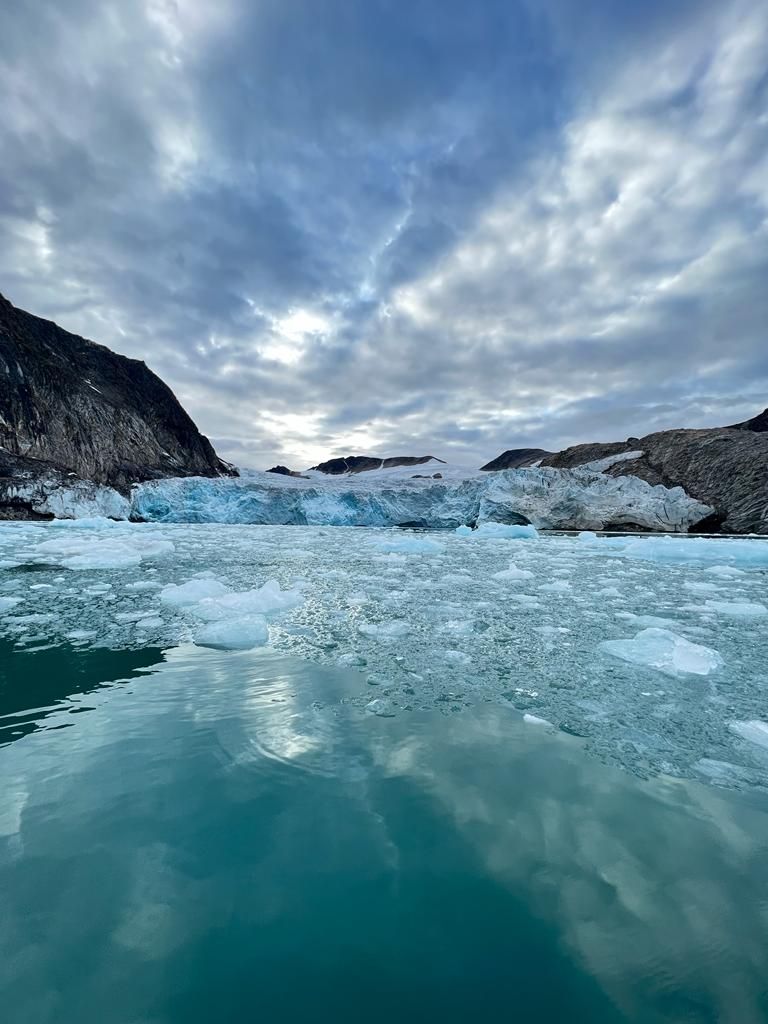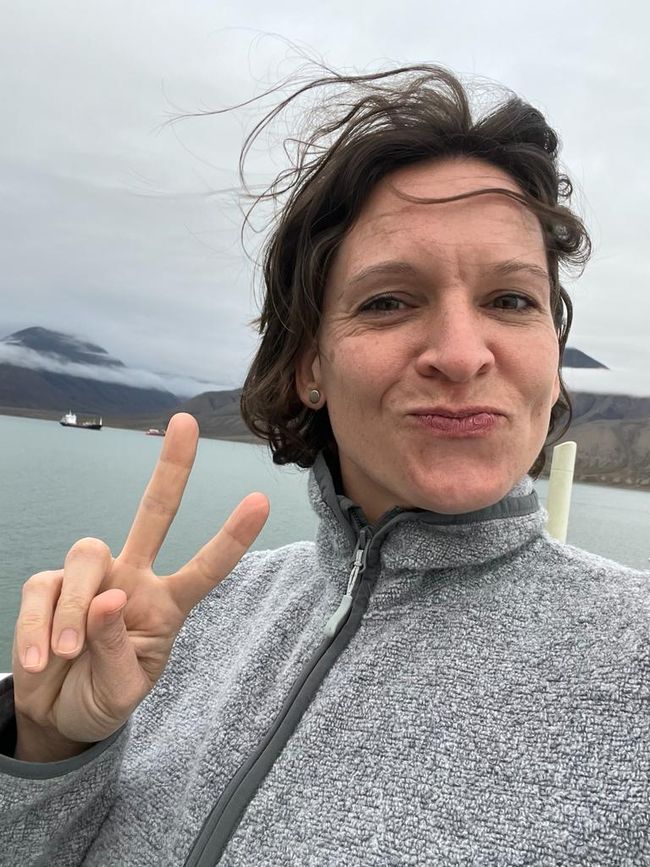Colombia - how cool!
Maxxanfame: 29.05.2019
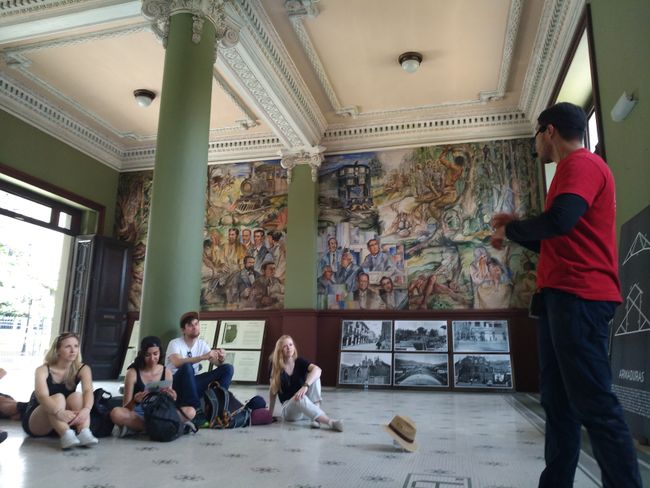
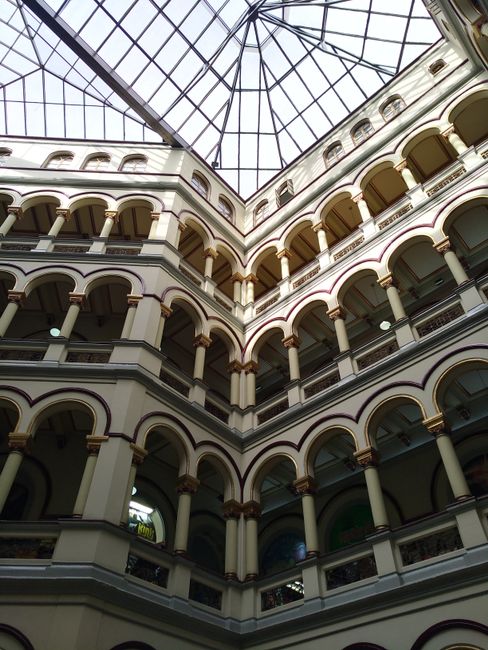
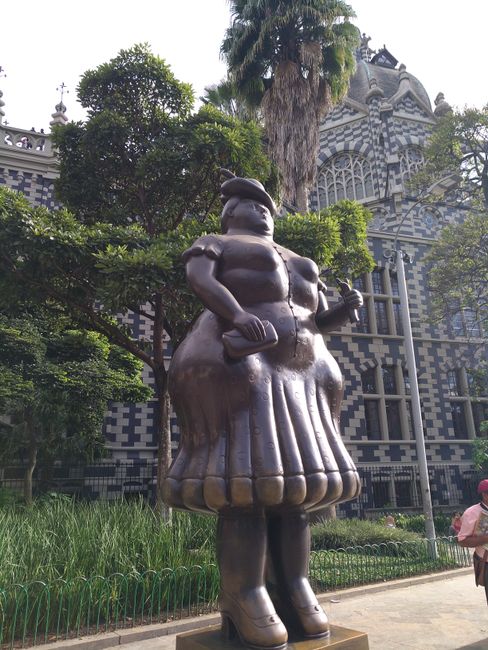
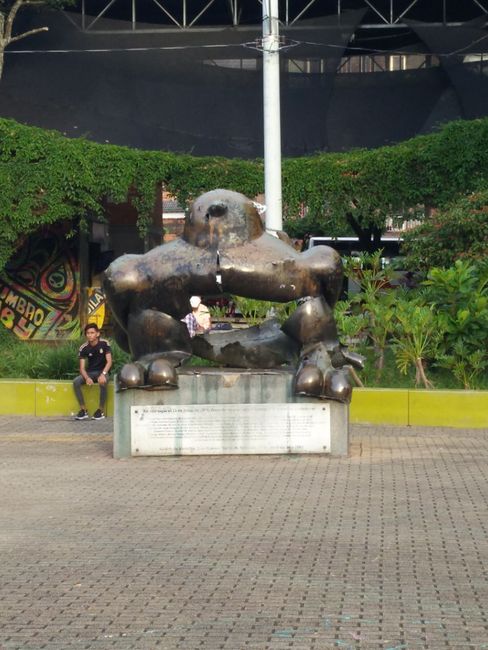
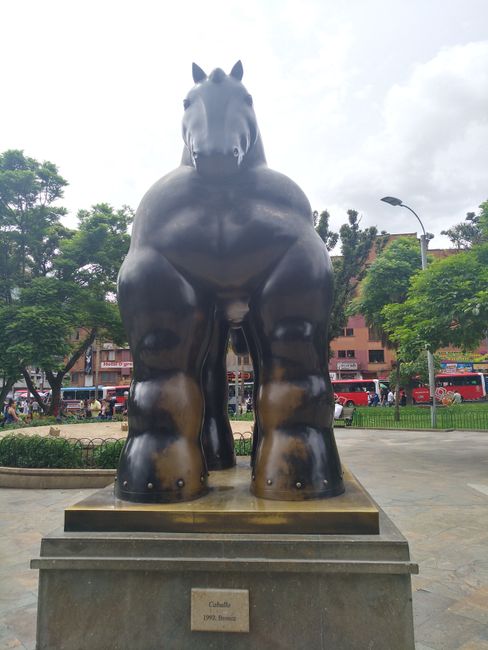
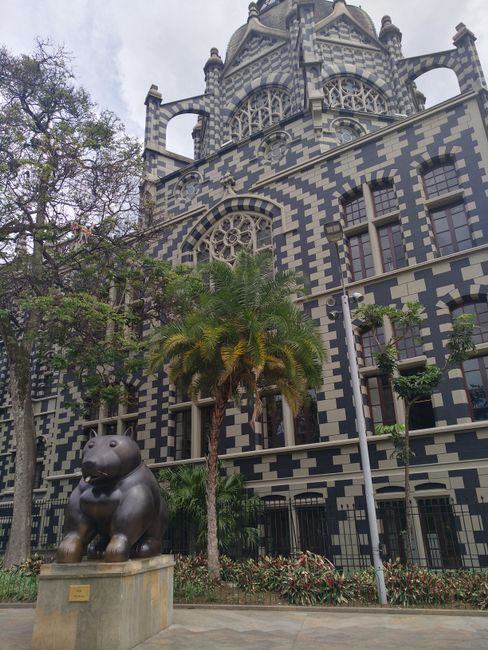
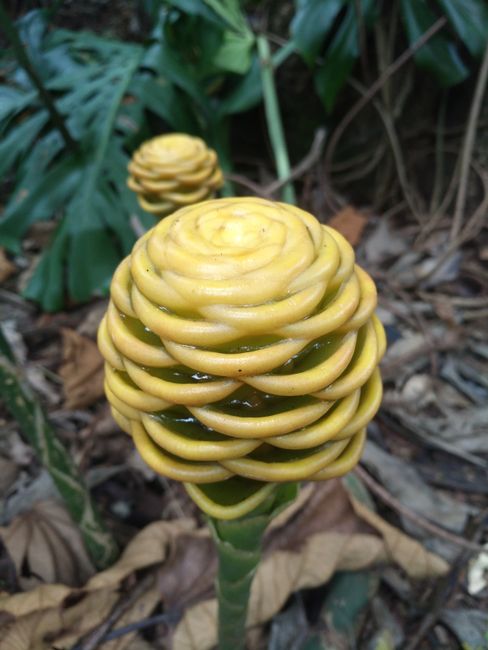
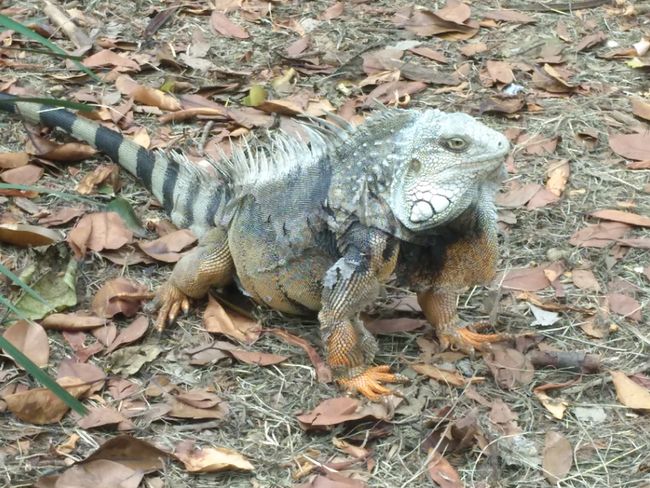
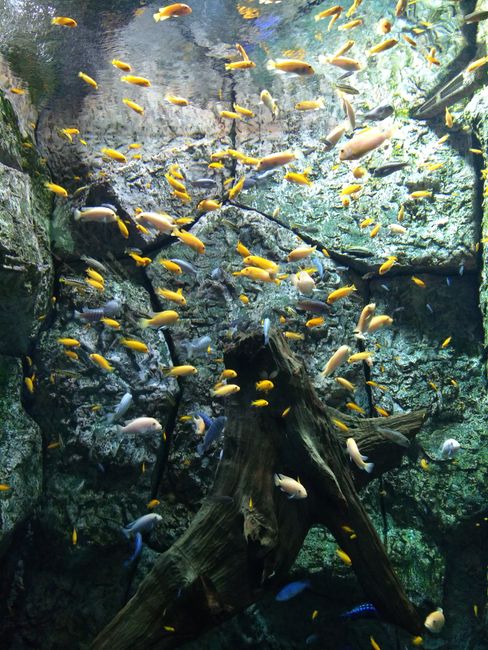
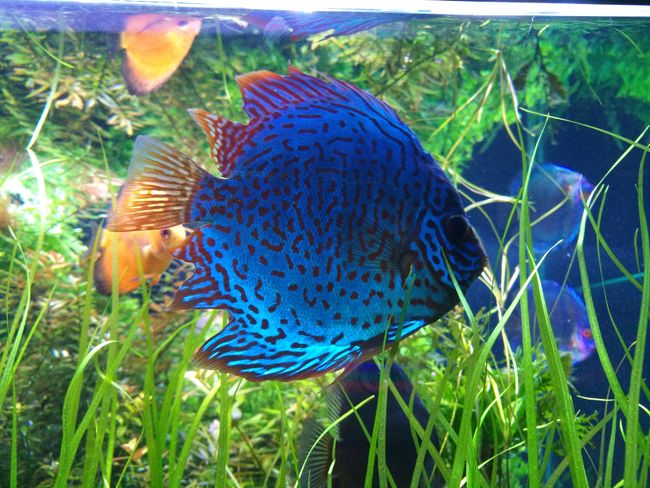

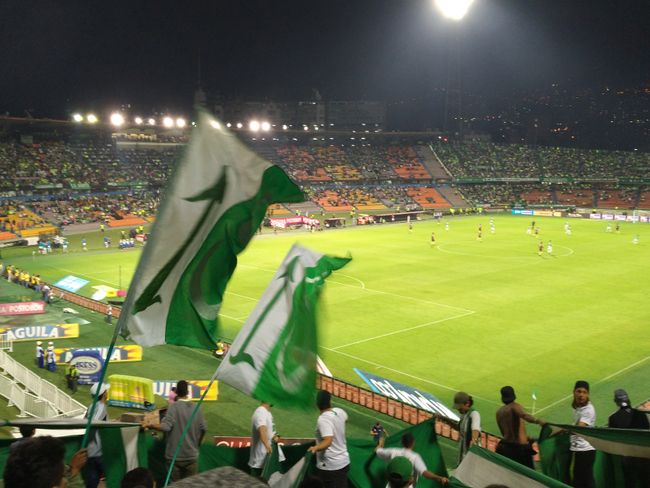
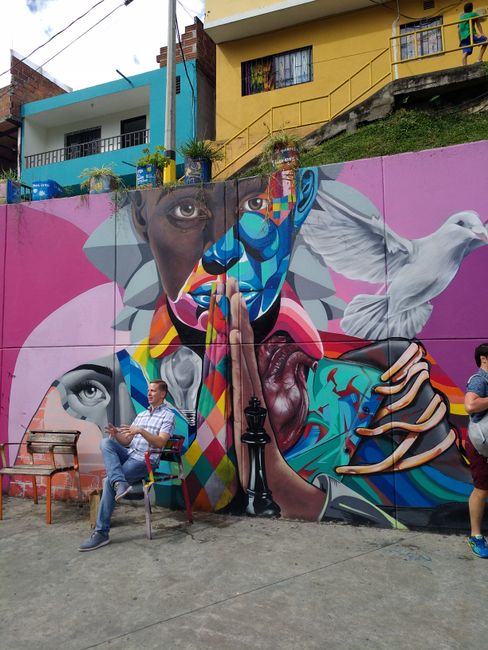
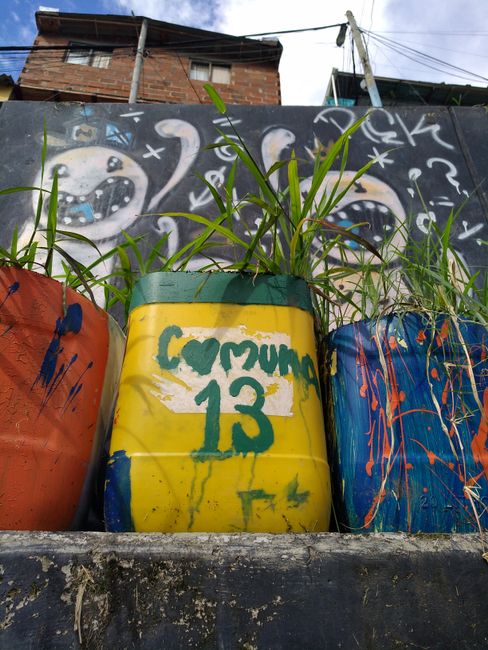

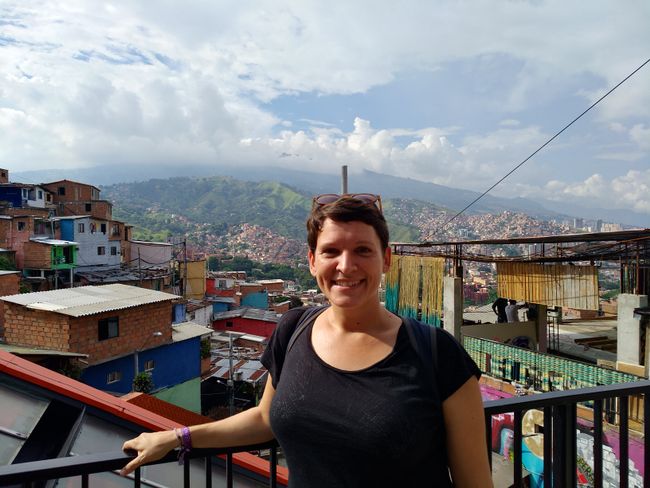
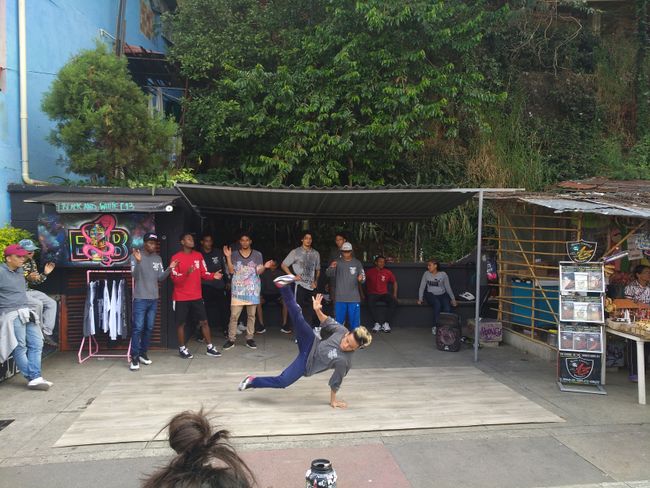

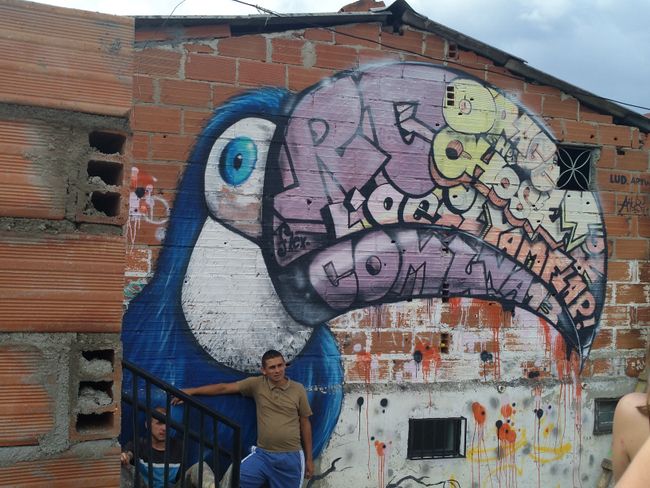
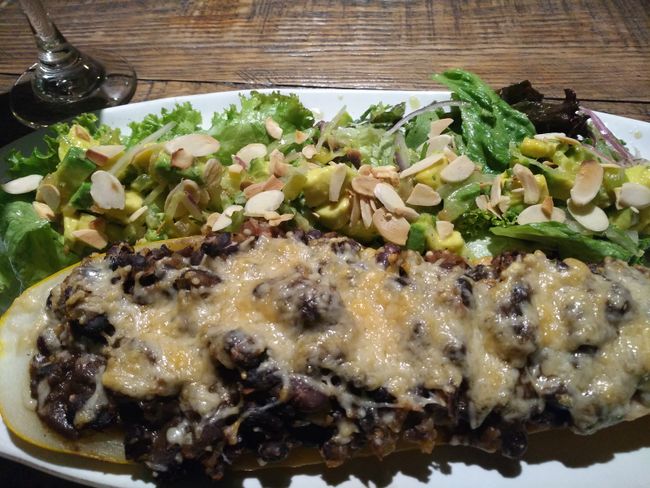

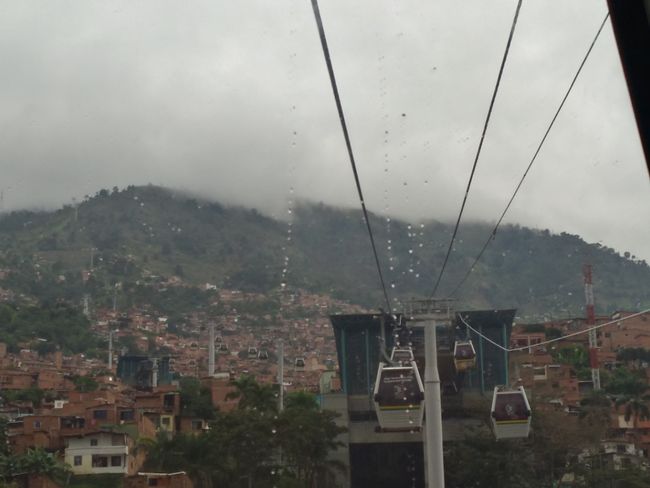
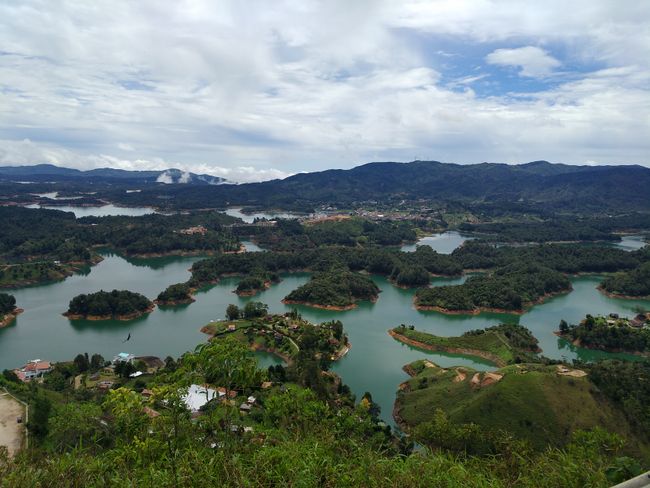
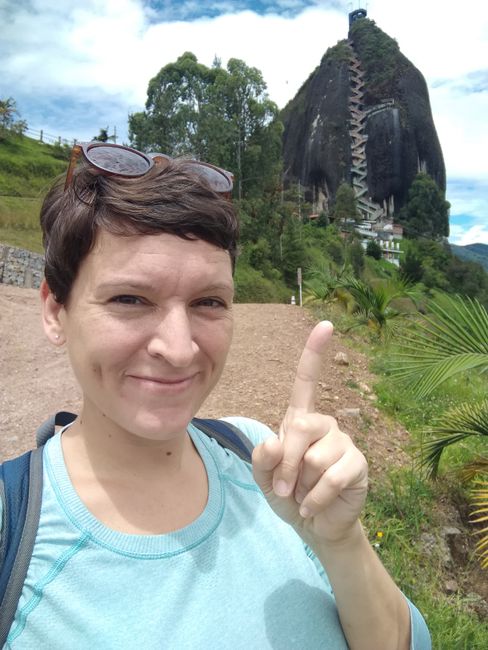
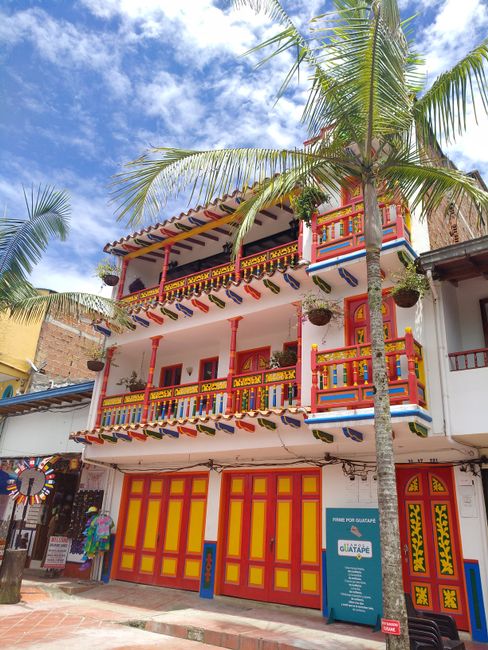
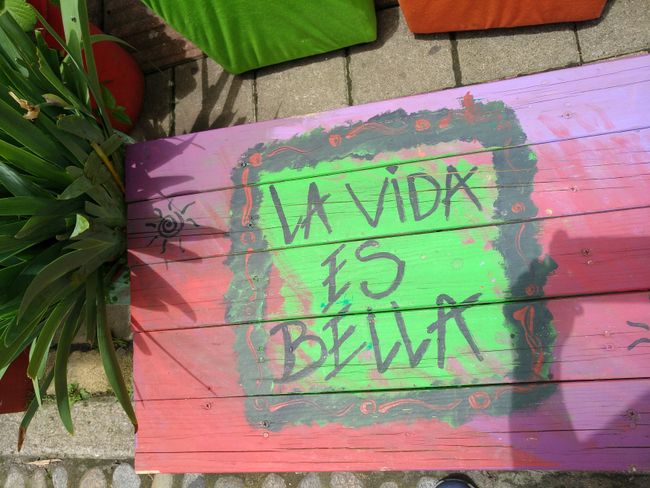
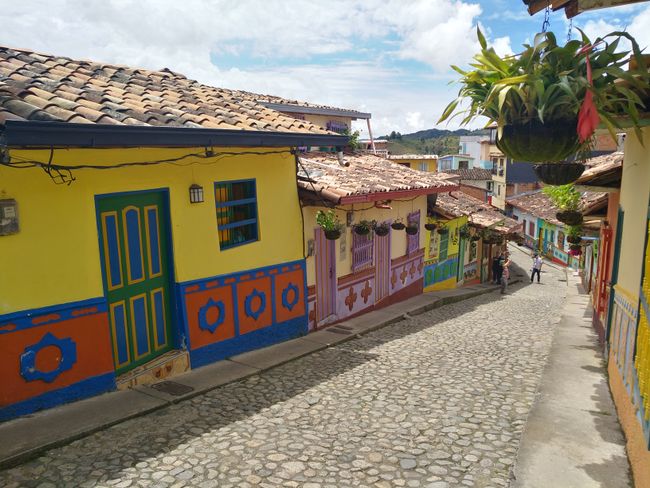
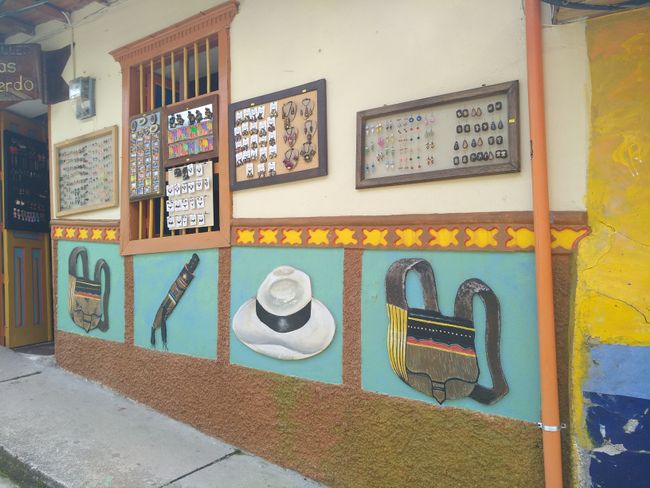
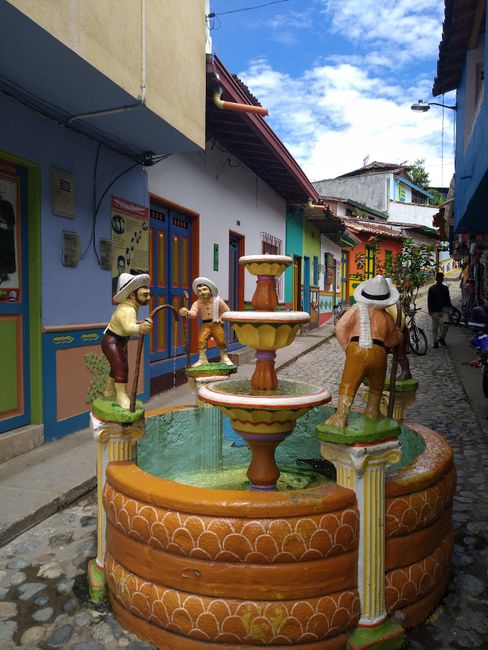
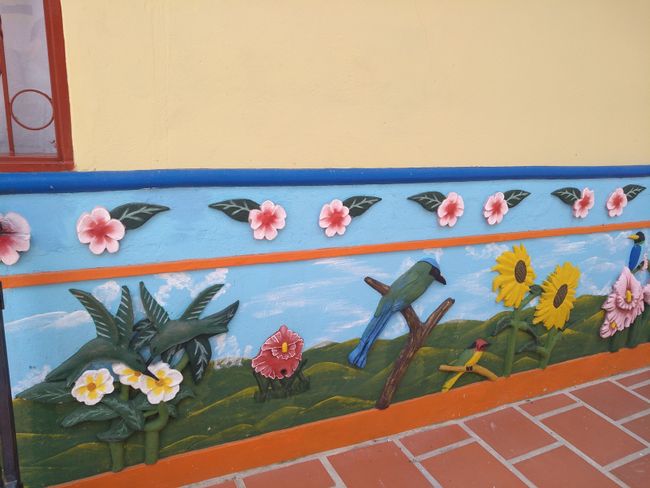
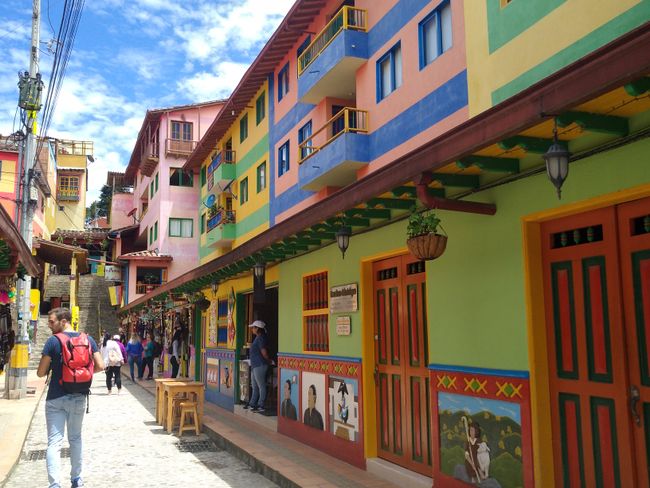
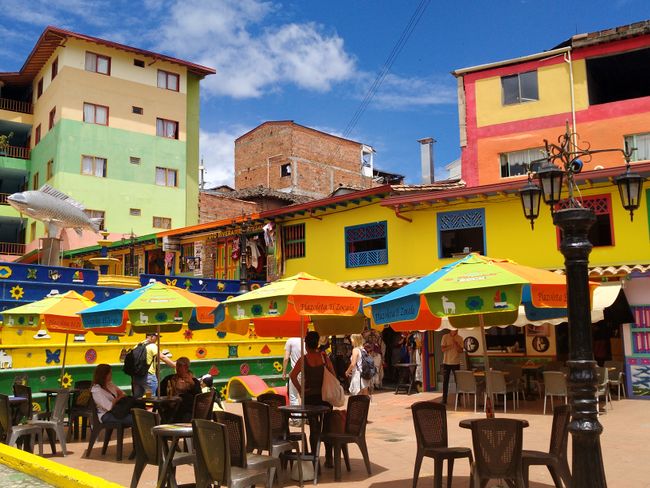
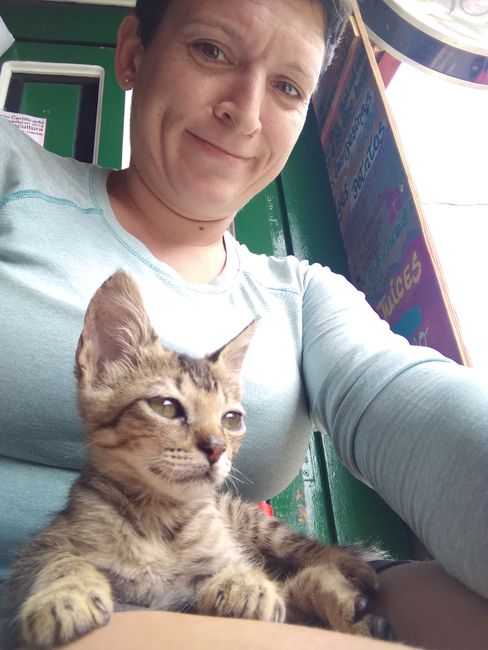
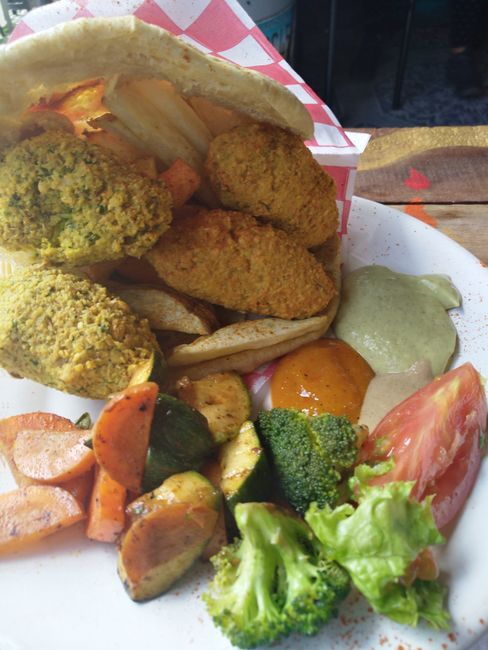
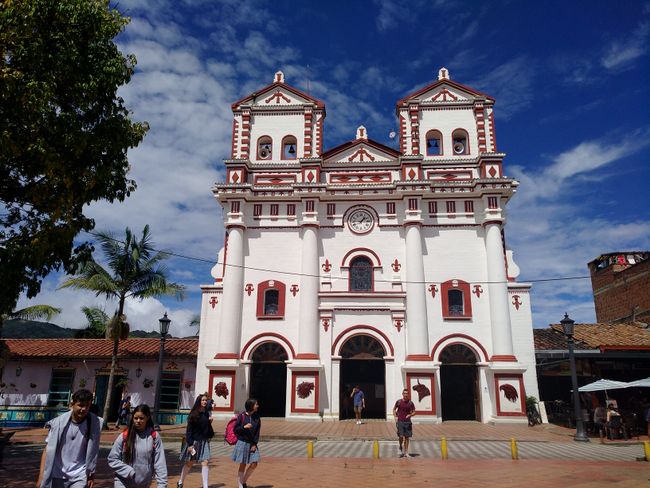
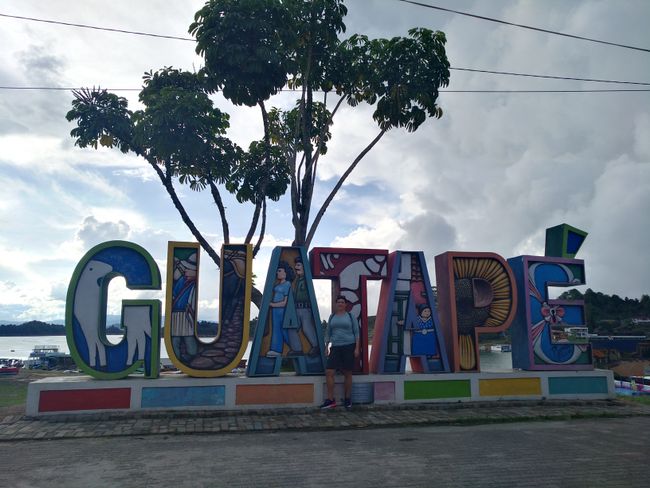
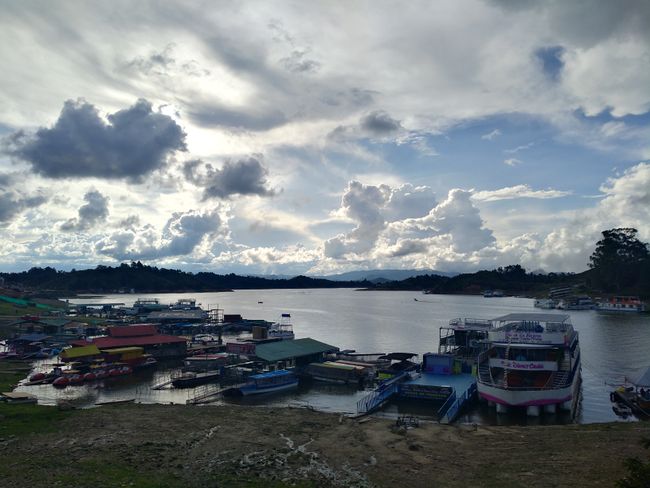
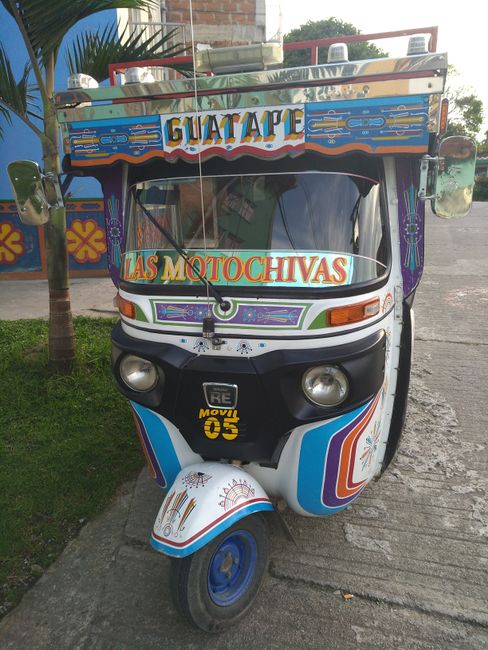
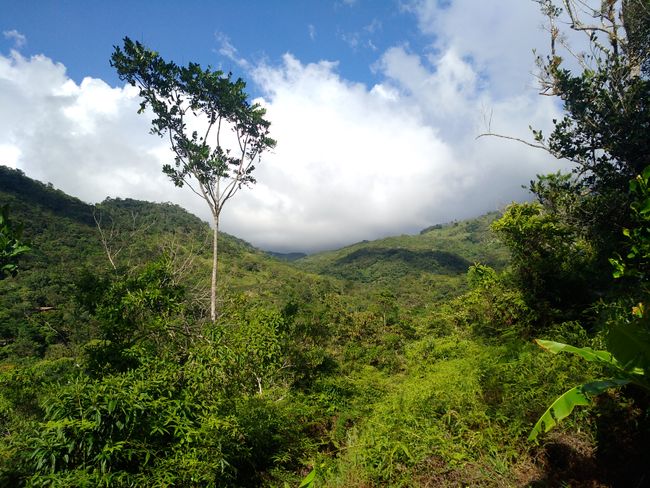
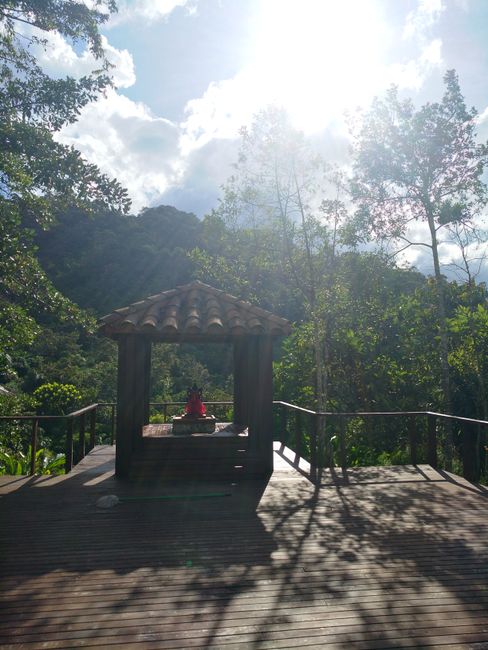
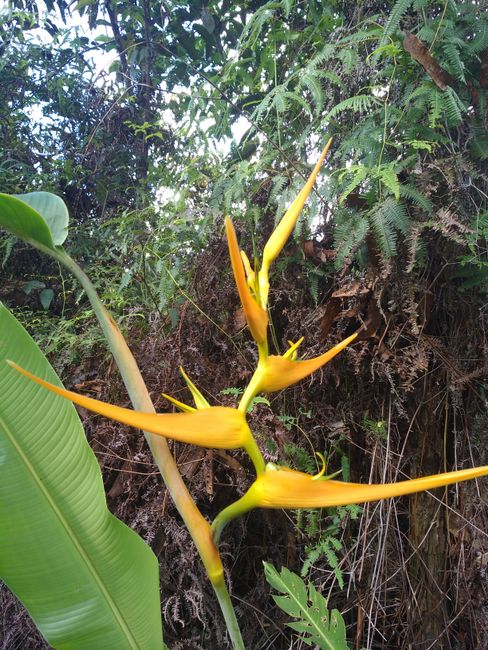
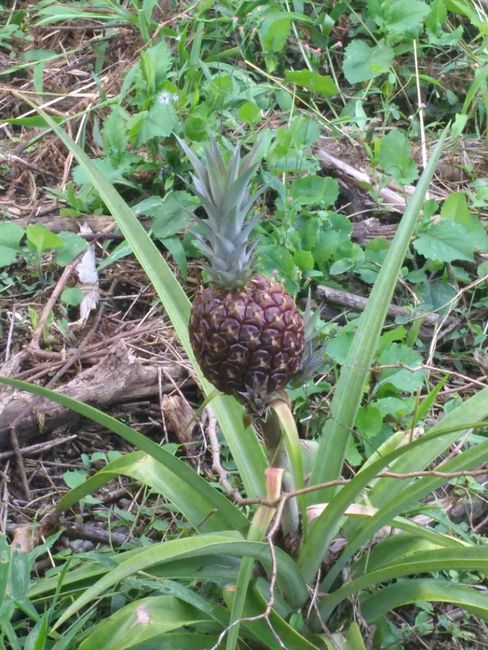
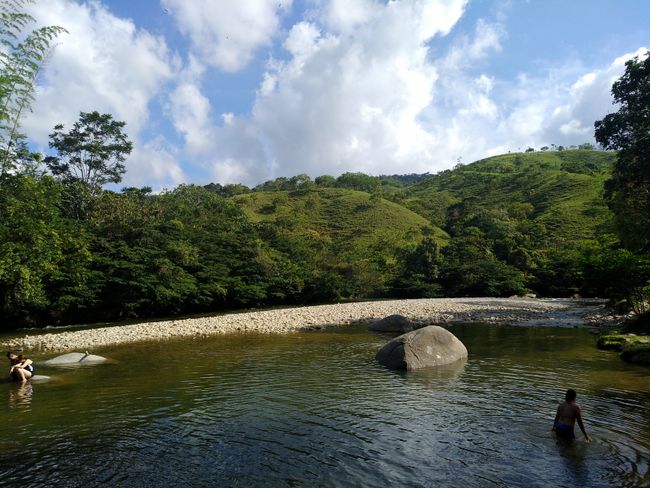

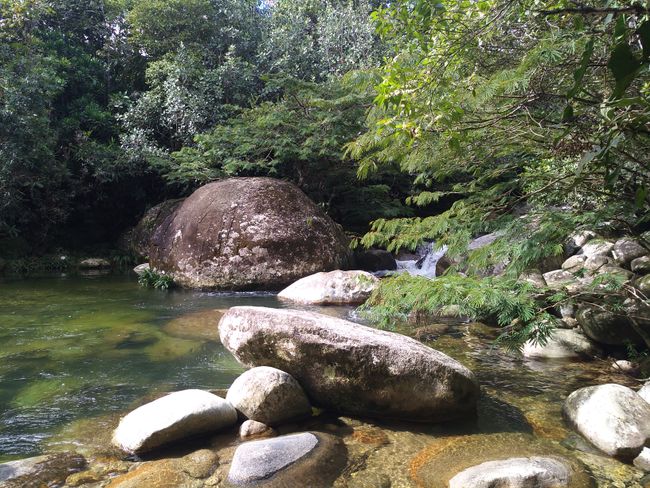
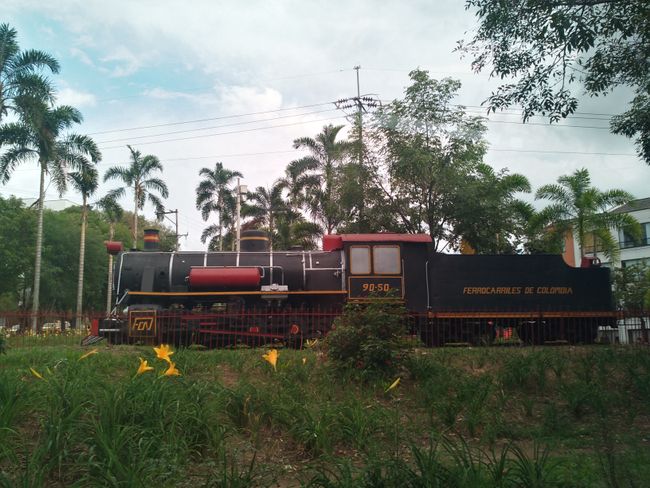
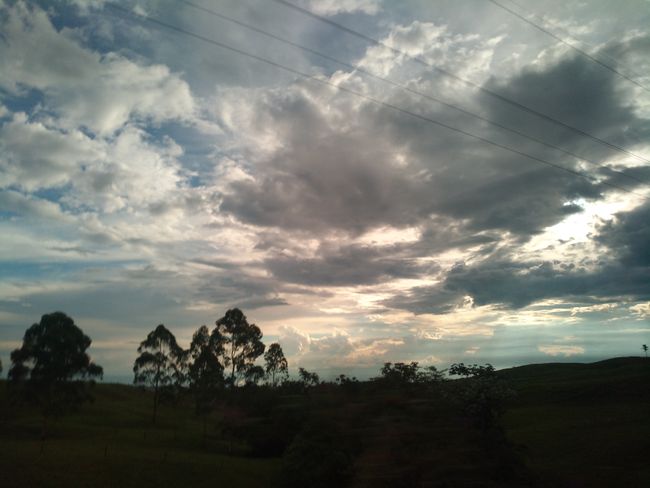


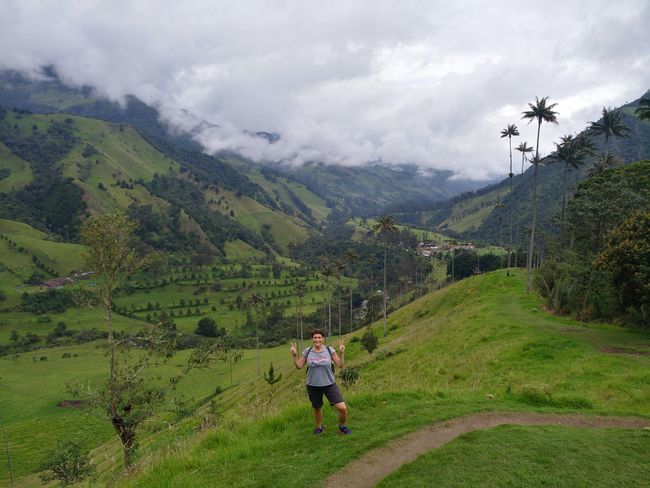
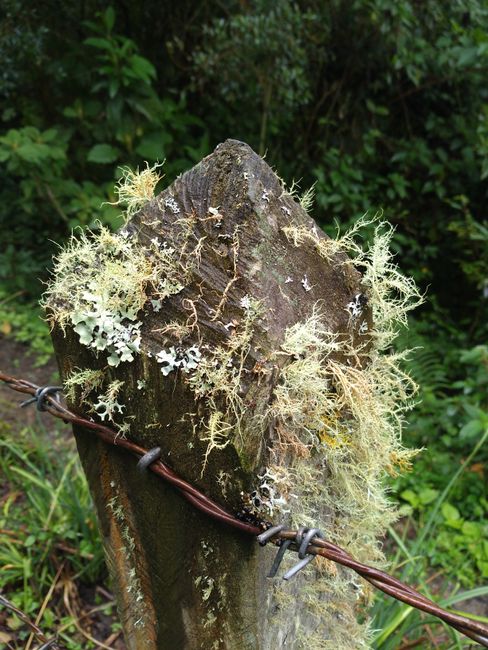
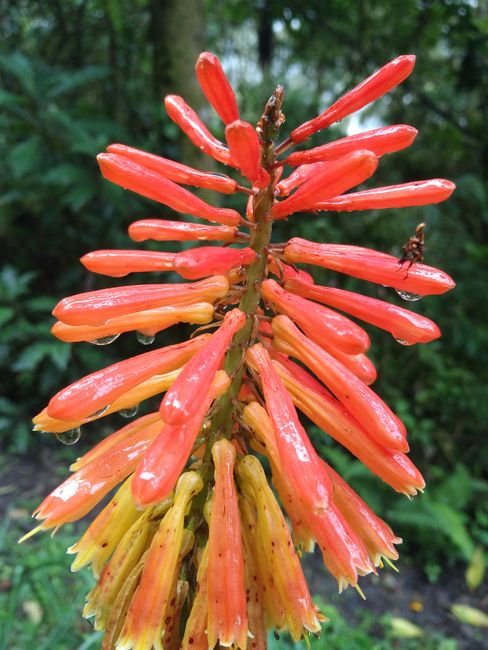
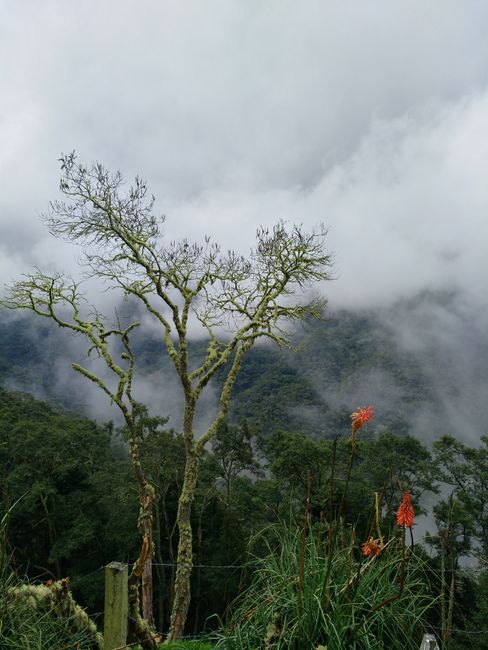
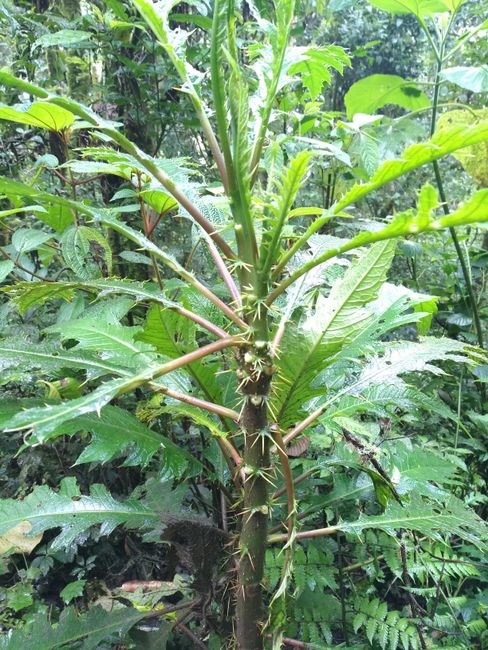
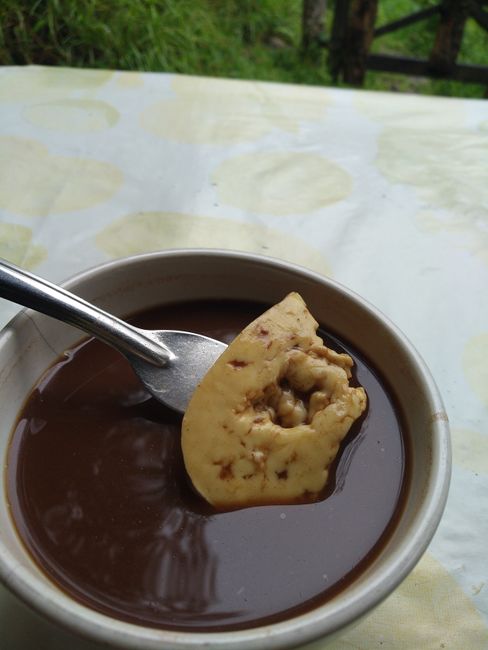
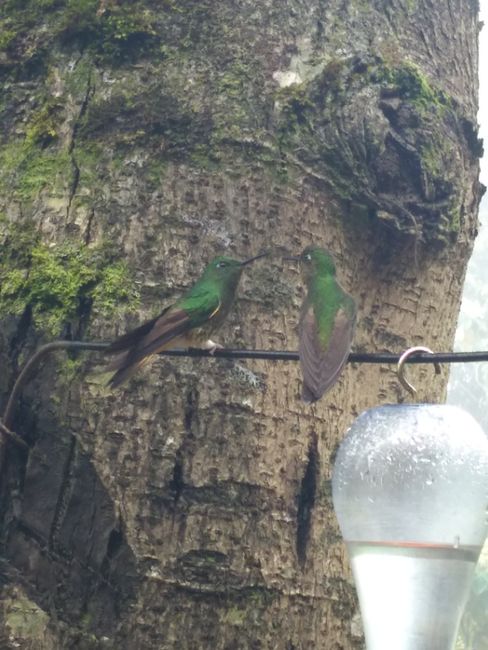
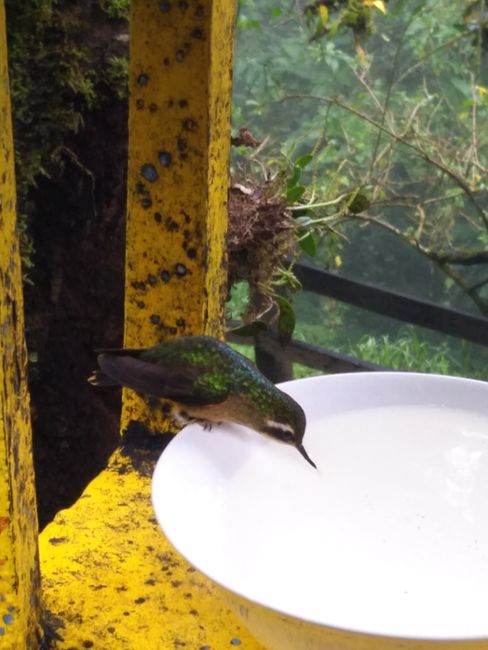
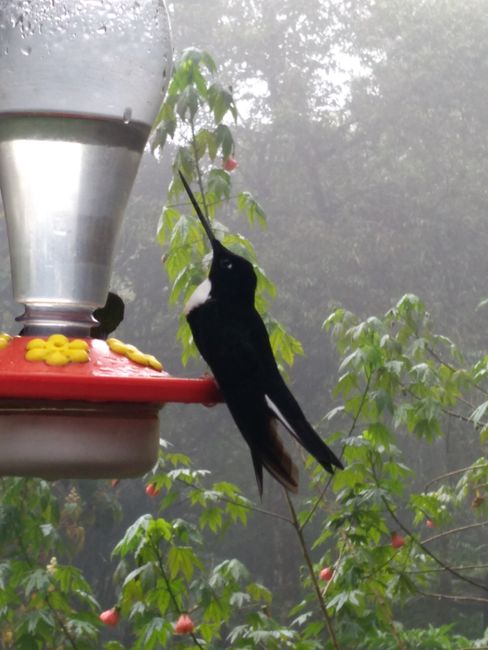
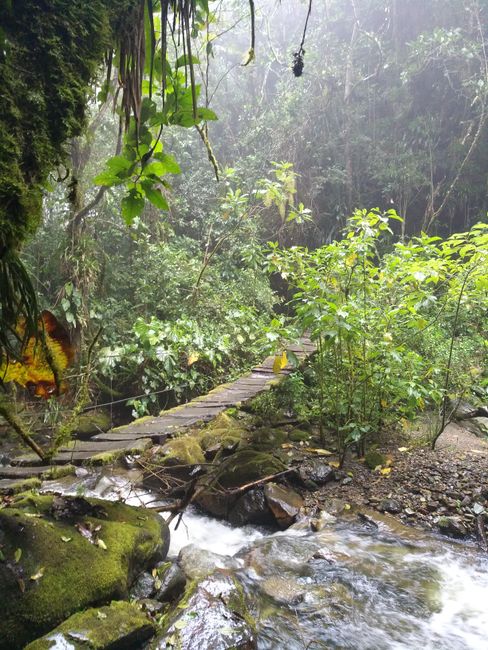
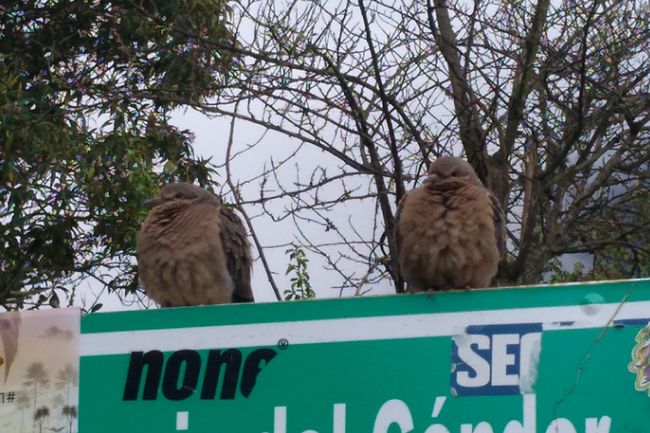
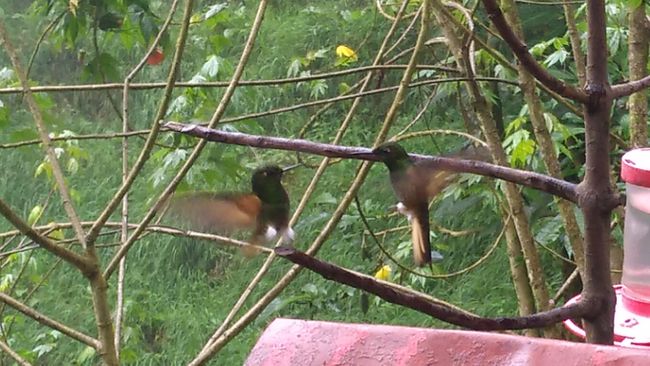
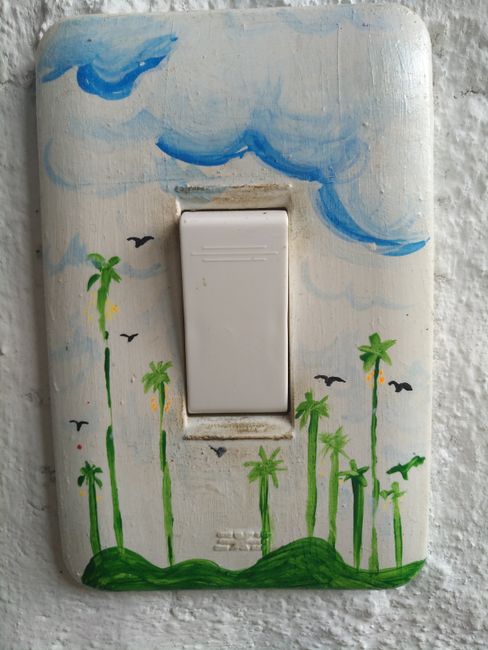
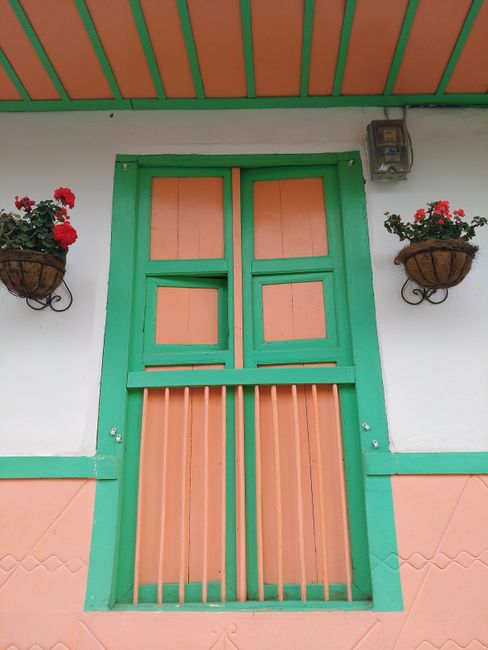
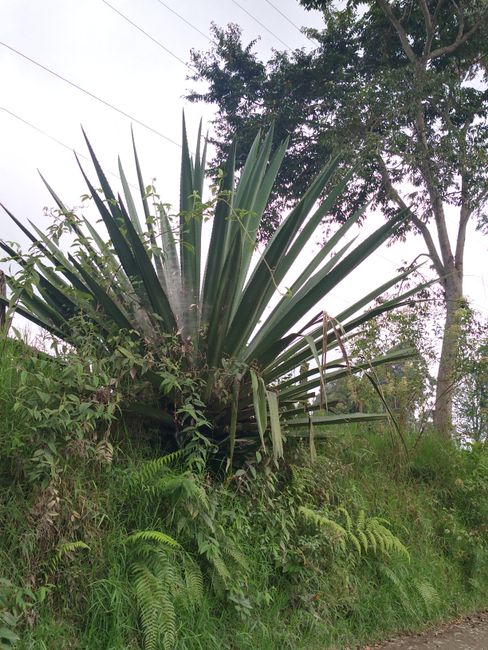
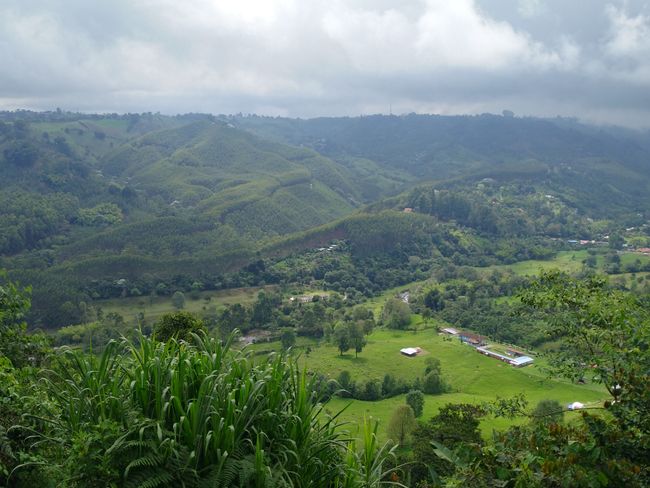
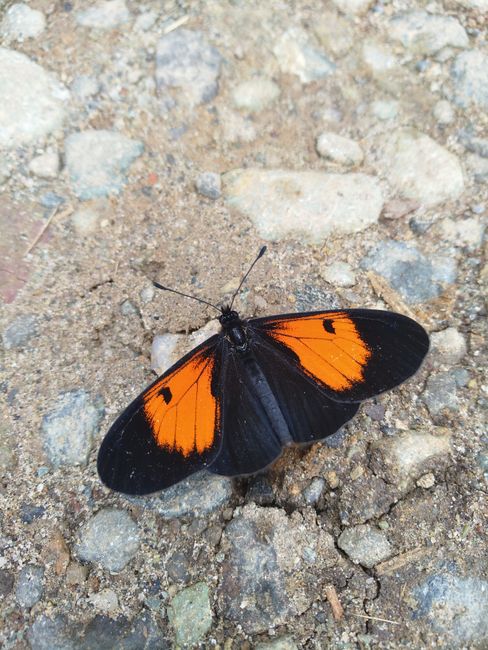
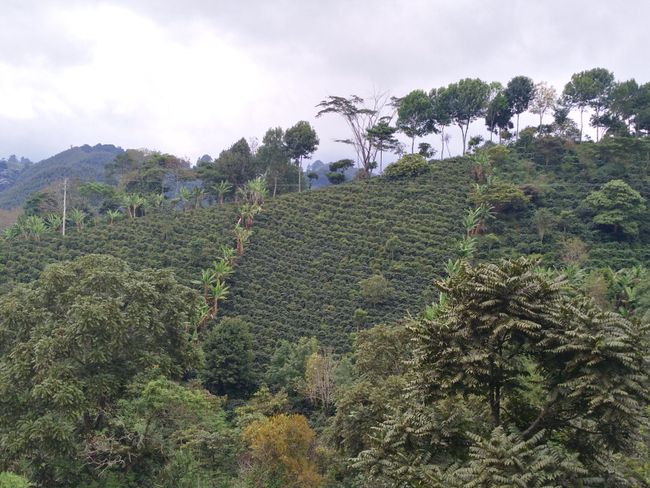
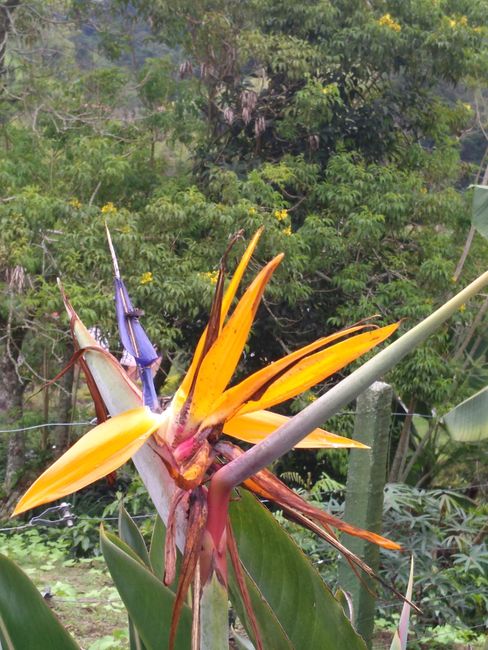
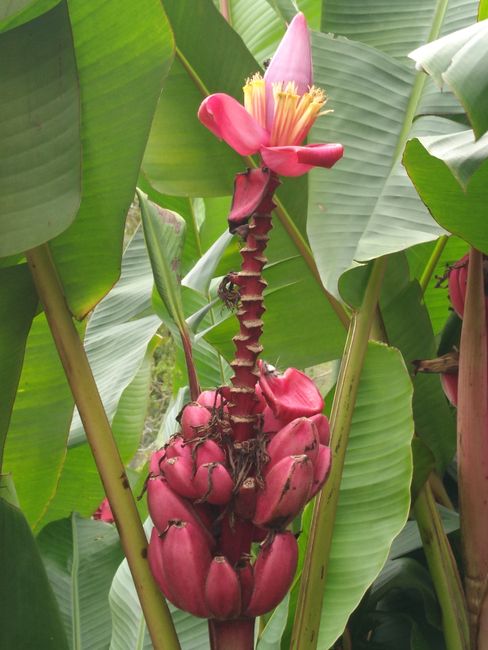
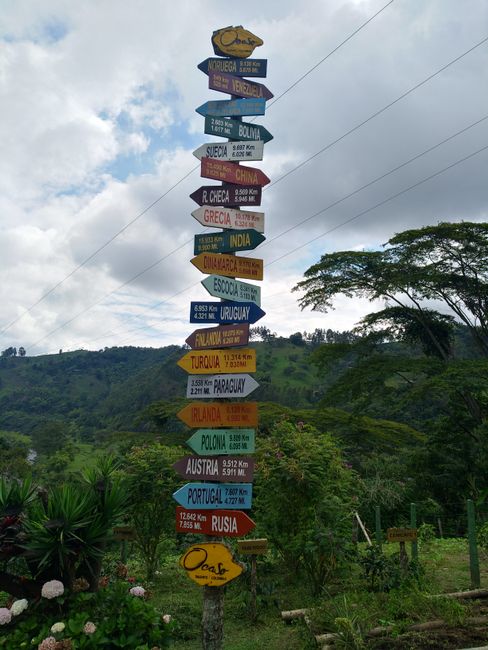
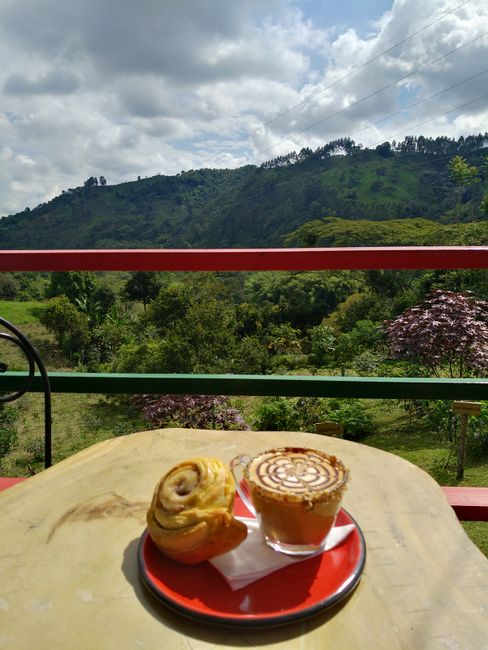
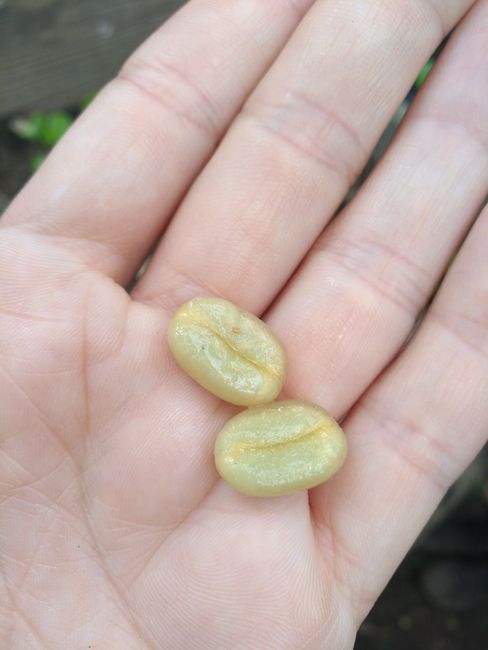
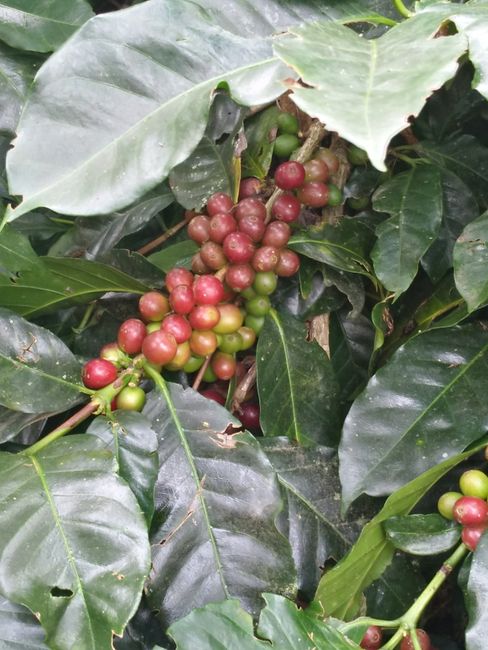
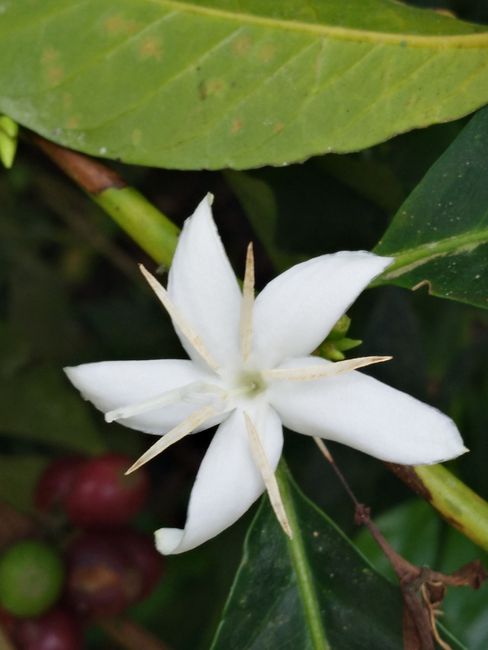
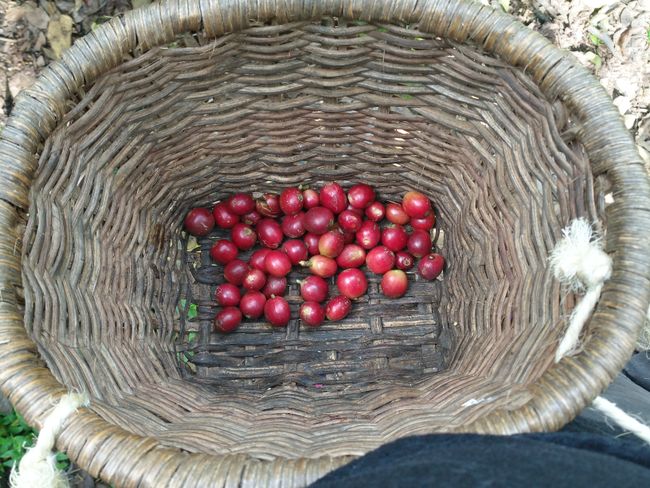
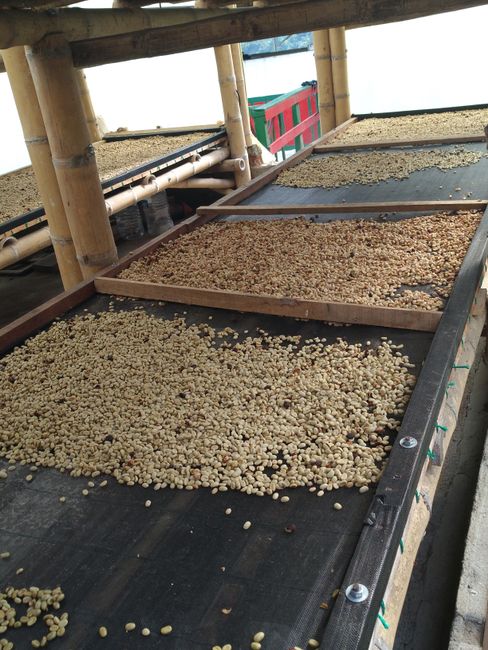
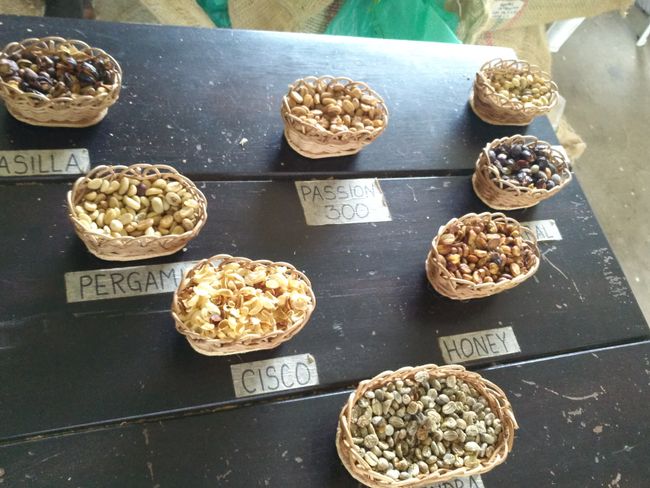
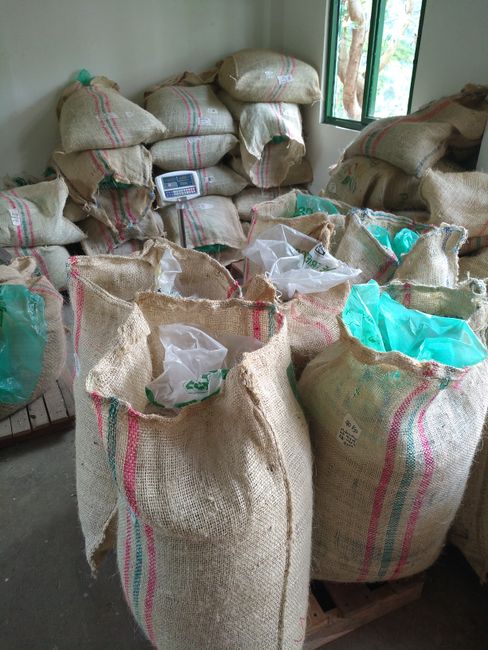
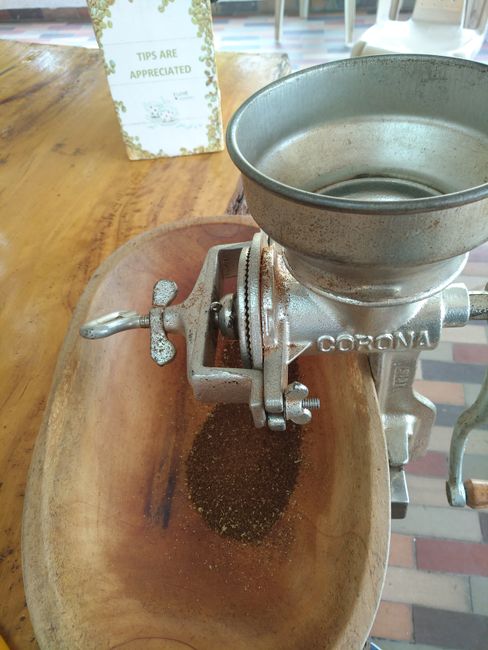
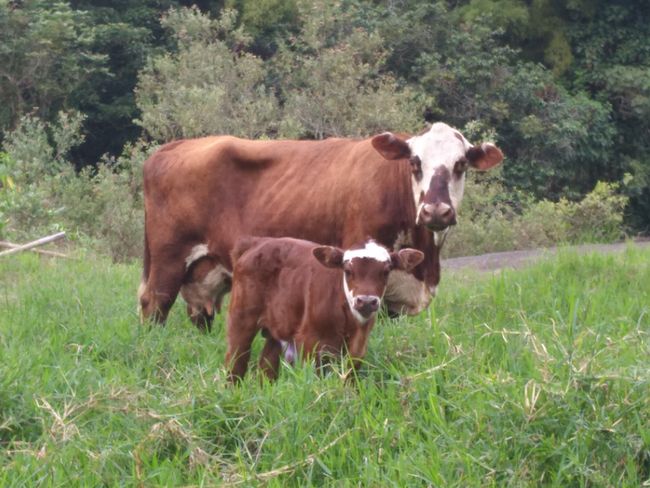
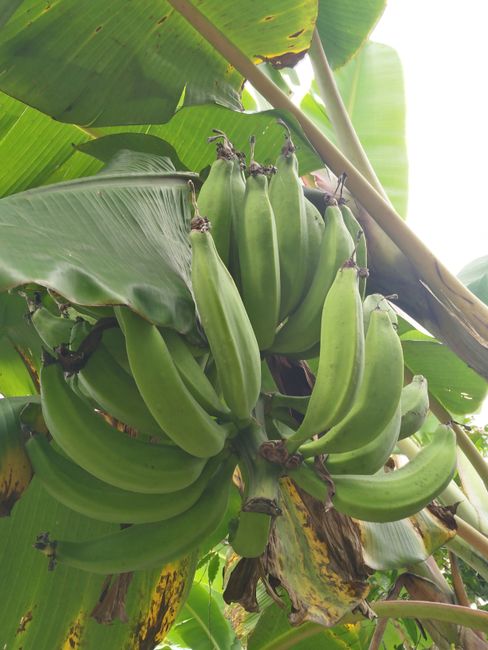
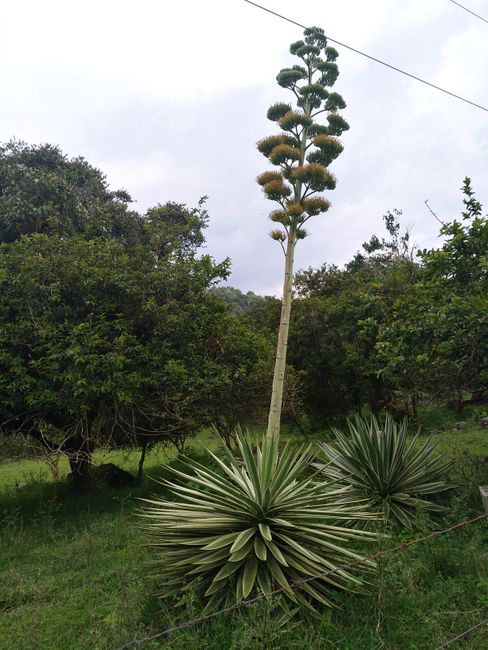
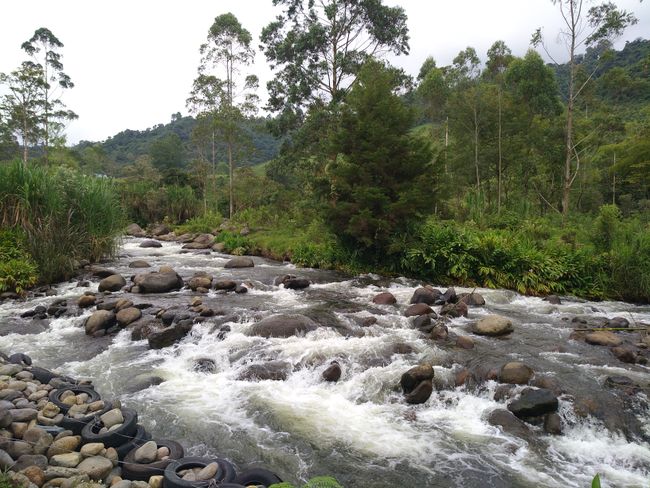
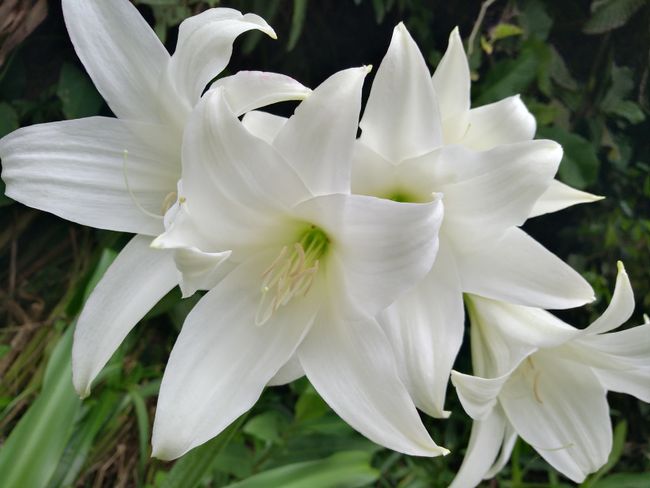
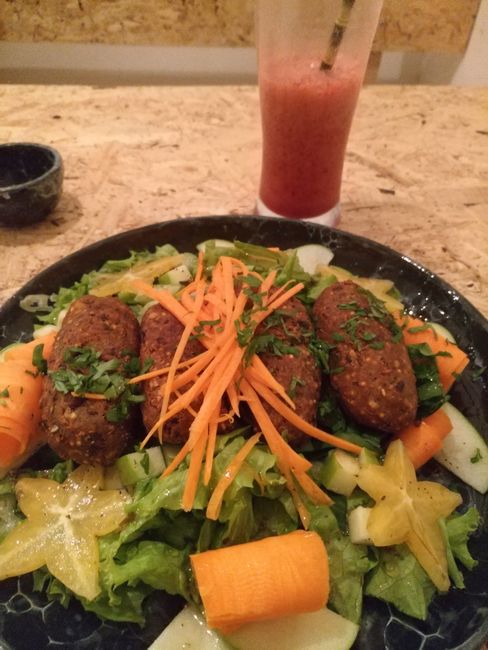
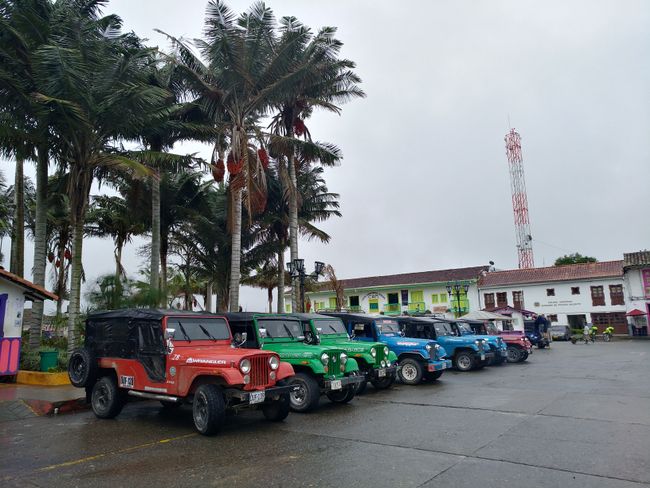
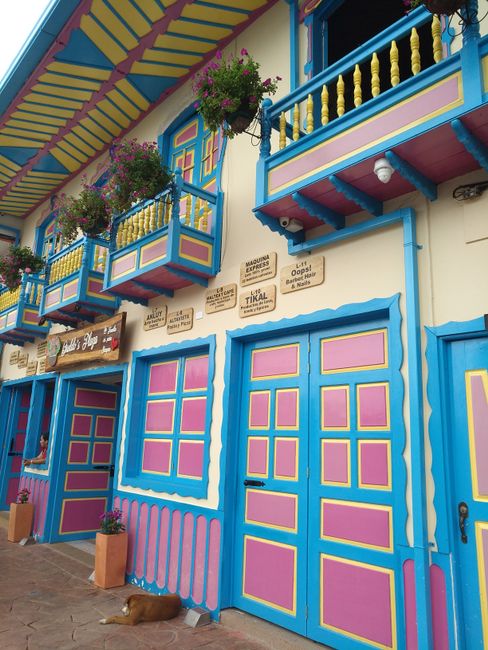
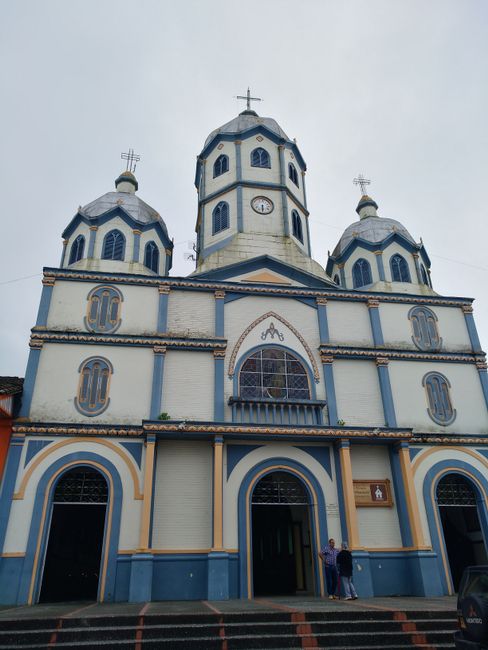
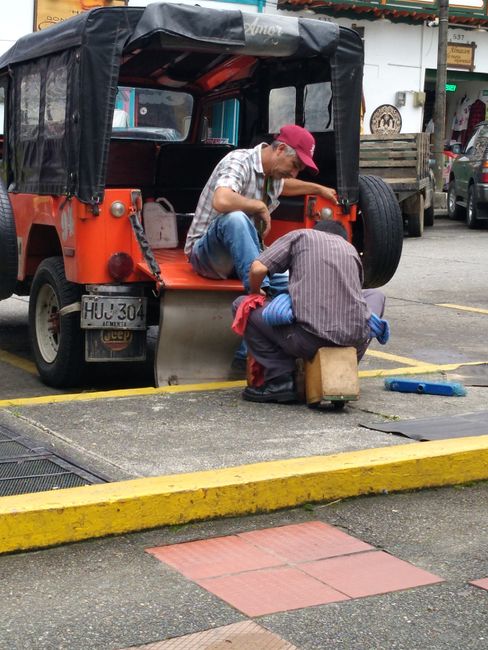
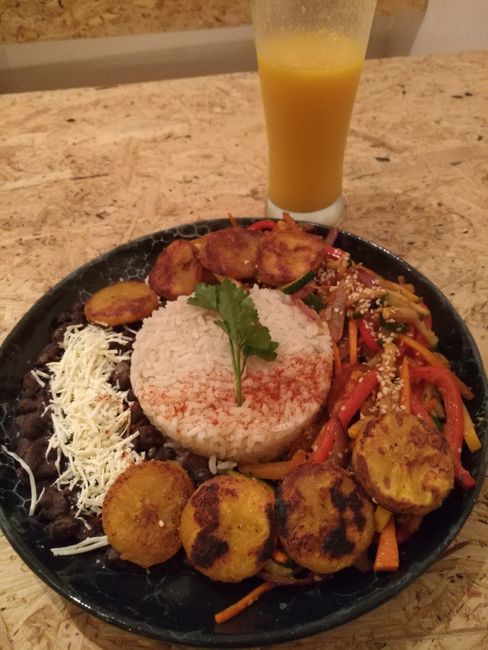
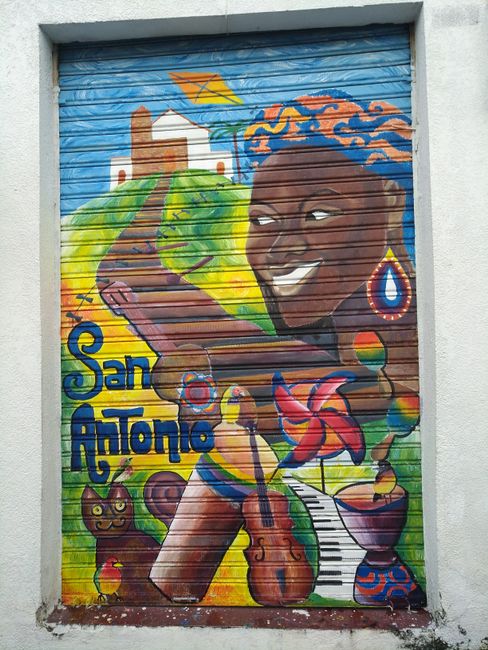
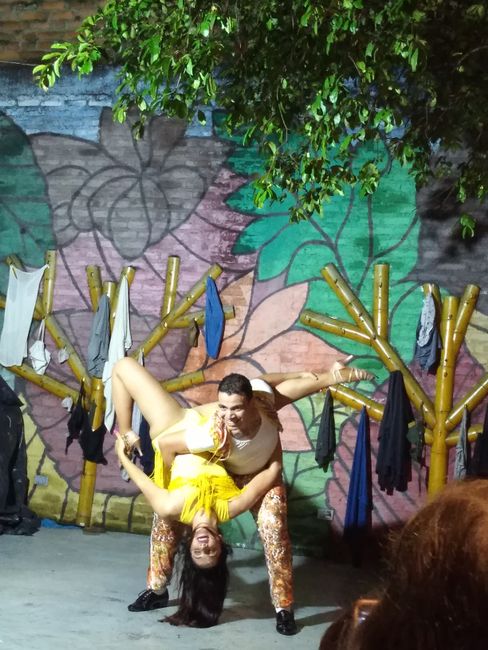
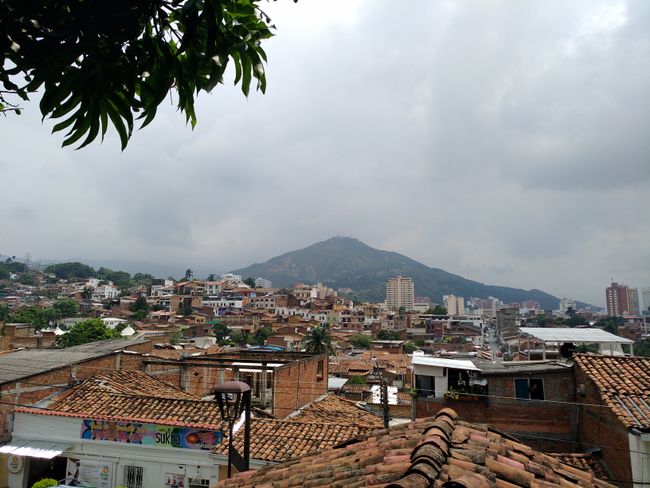
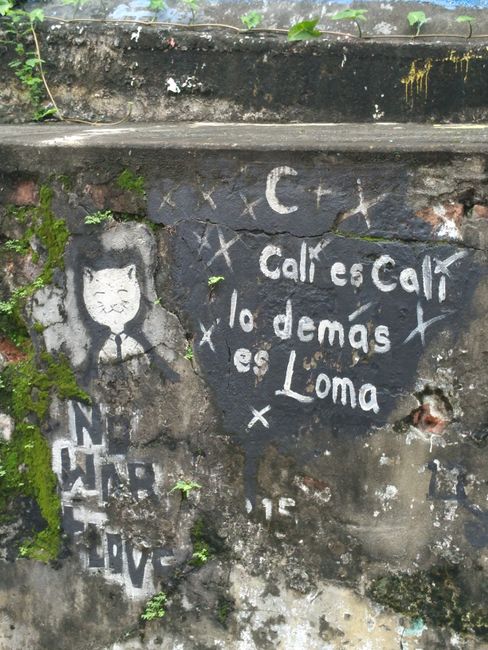

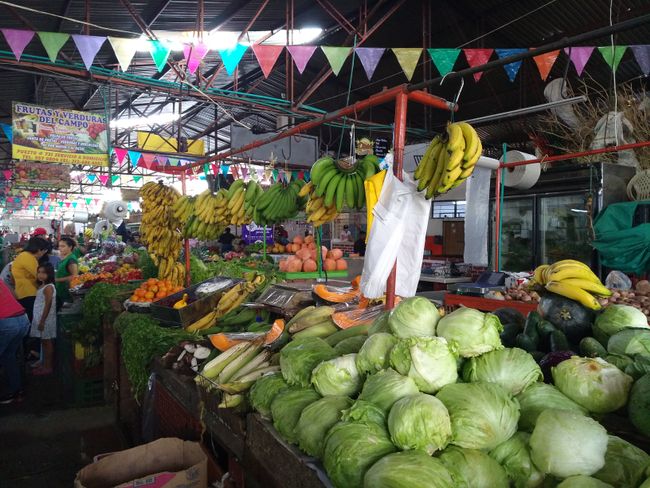
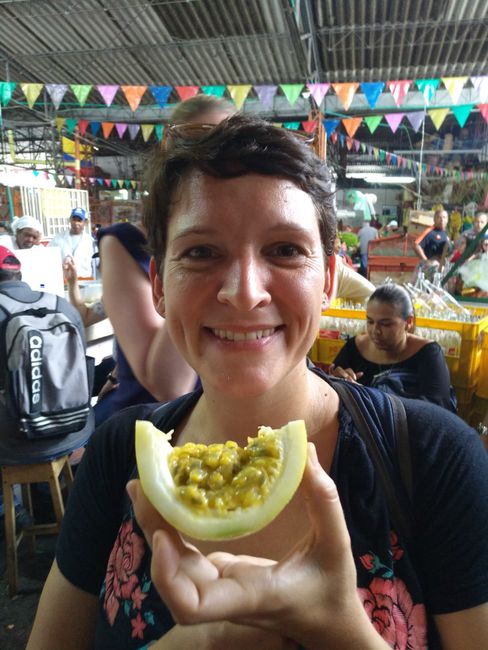

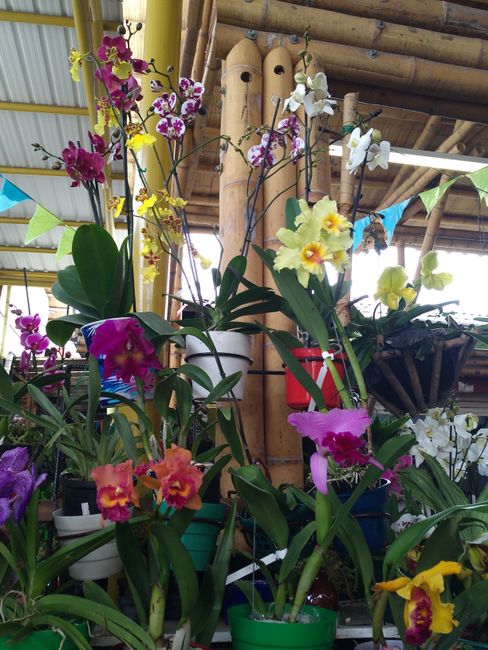
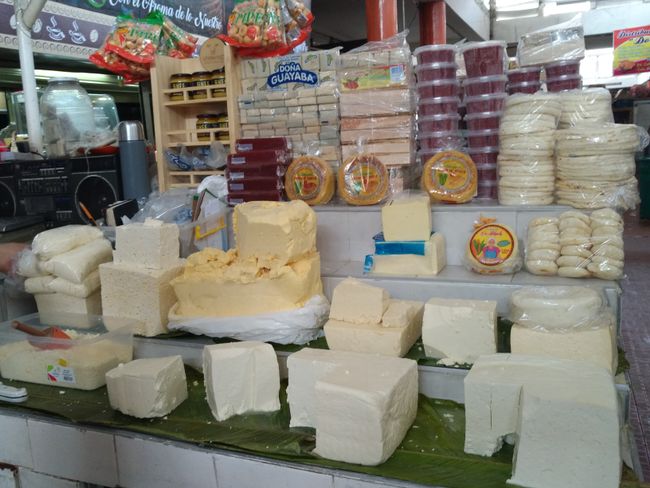
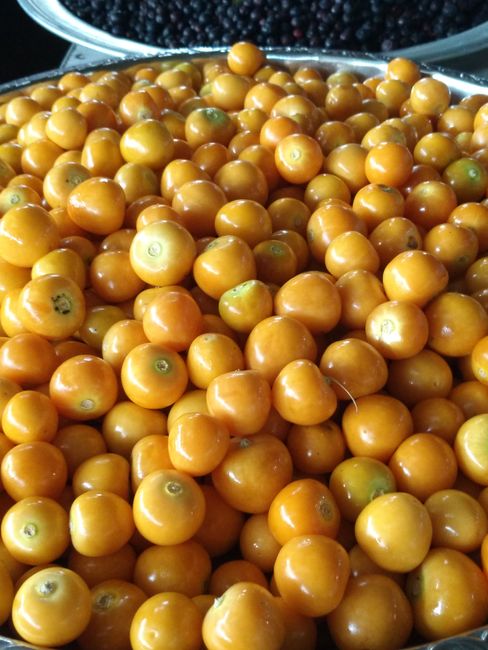
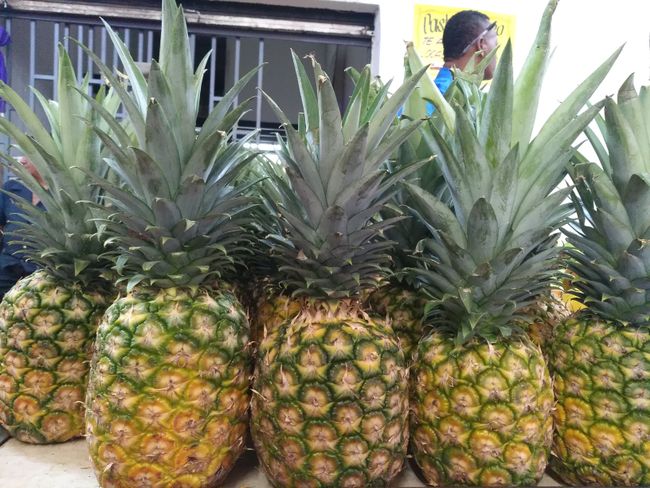
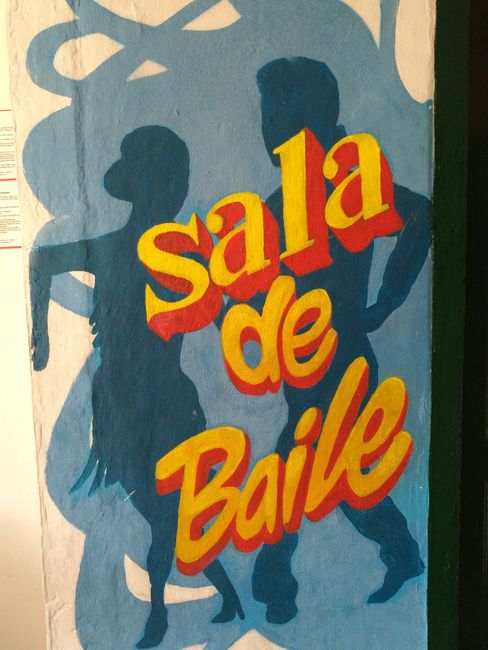
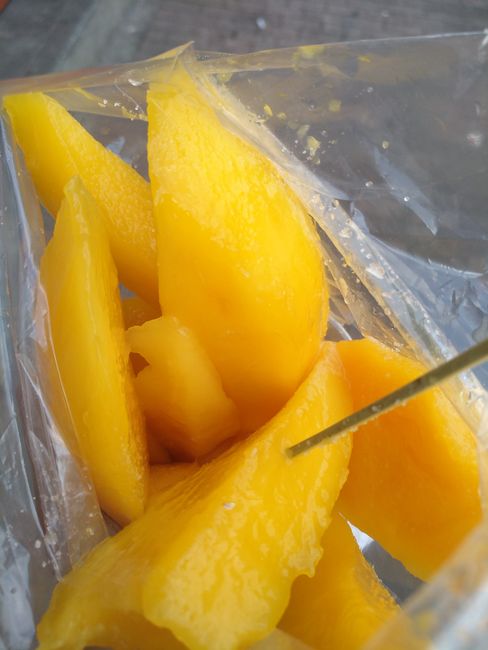
Barruu Oduu Subscribe godhaa
Back in Colombia, I set out to explore Medellin. The development of an insignificant village in the middle of a valley with a constant, moderate climate began with the construction of the railway line in the 19th century, which enabled connections to other cities. The country's second largest city has a population of 2.5 million or 3.9 million in the metropolitan area. The population of the city increased rapidly after the guerrilla fighters of the FARC were displaced from rural areas in the 1960s.
Medellin has struggled with a very bad image. It is true that due to the drug wars and the murders related to the civil war, which reached its peak in 1991 with 6,658 deaths, Medellin was considered the most dangerous city in the world at that time.
The most famous name associated with the city - Pablo Escobar - is usually not mentioned by anyone, as the damage he has done to his countrymen is too great. Apart from the terrorism he practiced, which increasingly involved civilians in the drug war and claimed thousands of victims, he stigmatized his entire country. It is often said that he did good things as well. It always depends on the perspective one takes. Hitler also created jobs at that time by building a highway.
In particular, Medellin has worked hard to eliminate or reduce crime. And I think you can call it a success. I feel safe, like in every other big city I have been to in South America so far. Some areas are cleaner, others should not be visited at night. Okay, I usually don't hang around near Frankfurt Central Station at night either.
So what do you do to completely transform a whole city?
The answer is education and infrastructure. Wherever there were 'troubled' areas where young people were at risk of slipping, 'recreational centers' such as schools, libraries, and clubs were built. In the midst of them, small cells were created that showed a different possibility than the previous criminal ones. Infrastructure mainly refers to public transportation. The poorer districts are located on the steep slopes of the valley, which severely restricts accessibility. Cable cars and recently also escalators make it easier for residents to move within or from the neighborhood. The metro was started during the most intense times of the drug war, however that was possible. Today there is an extensive network (the cable cars are part of it and can be used with the normal metro ticket), which even won the sustainability award in 2012. But it is more than just an ordinary mass transport system. It somehow stands for the fact that the Paisas (that's what the Colombians in the region call themselves) never gave up and defied everything despite the terror and difficult living conditions. No resident of Medellin allows anything negative about their metro. There is probably no clean place in the whole city. It is taken extremely seriously that no single piece of paper falls out of someone's pocket.
Comuna 13, where it was really hot during Escobar's time, has turned into a colorful spot that has also attracted tourists. Nevertheless, it is beautiful to look at, even if the bullet holes in painted house walls indicate what the daily living situation of many people was like not so long ago.
In addition, the city is home to the artist Botero, the most famous artist in South America. With his very plump sculptures, he became world famous. The tour guide tells us that the body parts are not actually fat, but disproportionate in their relation. Others say that Botero wants to express beauty in the bodies precisely because of the strong curves. It probably depends on the eye of the beholder as with any art. It definitely does not strive for the common Western ideal of beauty, and I find that beautiful.
Two hours east of Medellin, there is a vast green lake landscape. Except for a single rock, which has been made climbable with zipper-like stairs in a crack, not much rises from the plain here. The effort of the many steps is rewarded with a wonderful view and, if desired, a Michelada beer (salt rim, lime juice, and chili) or a fresh mixed juice. The associated town of Guatape is not big, but has tremendous charm. The many colorful little houses are characterized by artistically decorated bases. The respective professions of the inhabitants are lovingly described on them.
I stay with a nice Colombian-Canadian older couple for two days, with whom I play Rummikub for hours on Sunday afternoons and with another friend, while enjoying mango cake and tea, and feel a bit at home.
Then it's off to the mountains of San Carlos. There is an ashram where I expect a few days of relaxation. And that's exactly what I get. The rhythm is determined by nature. Getting up at 6 a.m., yoga, meditation, first meal at 10 a.m., with everything being vegetarian and organic from the garden. Going swimming in the river, reading, taking a nap, active meditation, dinner at 6 p.m. Going to bed early. In between, there are always nice short conversations with like-minded, positive-minded people. There is a very special energy at this place. On the one hand, people live in a commune together who believe in the spiritual, Hindu-inspired teaching, and on the other hand, seminars are offered there on mindfulness, finding one's own roots, or becoming a yoga teacher. I benefited from the fact that there was a parallel course and I was allowed to participate in some active meditations.
Mentally and physically strengthened, I continue to Salento. The Valle de Cocora is famous for its wax palms, discovered by Alexander von Humboldt in 1801. It is the tallest palm tree in the world at 60 meters and the national tree of Colombia. The 12 km hike first takes you up the mountain for a long time, and then continuously leads you down along a river, with the help of aging suspension bridges. There is a lot to discover in the forest. In addition to the many different plants and flowers, I am particularly fascinated by the hummingbirds, which you can observe in detail during a stopover and with a cup of cocoa with cheese (yes, that's how they drink it here) and demonstrate your photography skills with their fast wing beats.
The second highlight is, of course, the coffee. Located in the coffee growing region, a visit to a coffee plantation is hard to resist. Even though I have seen the process many times before, it is always fascinating to see the effort that needs to be put in to enjoy a cup of coffee in the end.
Colombian coffee, which exclusively produces the Arabica variety, is known for its sweet, nutty, and high-quality flavor. The highlands of the Andes are located at an altitude of 1200 to 2000 meters and have been a UNESCO World Heritage Site since 2011. Organic cultivation under difficult mountain conditions has a long tradition since the colonization by the Spaniards.
Cali is my last stop in Colombia. Everything revolves around salsa here. Dancing is enjoyed to the fullest. My personal highlight was the food tour, where we tried all the fruits available in the biodiverse country at the market. I wish I had done that at the beginning of my stay in Colombia.
And then it's time to say goodbye. With a heavy heart, but full of anticipation for Ecuador, I board the flight to Quito.
I want to thank this incredibly diverse country and can only encourage everyone to come here. It is so much more than the bad (drug) reputation we hear back at home. In addition to the landscapes, fruits, and fauna, it is above all the warm-hearted people who will remain in my memory.
And it's true what a Colombian told me in Morocco:
'If you want to see the Pacific Ocean, then go to Chile.
If you want to see the Atlantic Ocean, travel to Jamaica.
If you want to experience the Andes, take a trip to Bolivia.
If you want to see the Orinoco Plains, you should visit Venezuela.
If you want to discover the Amazon Rainforest, then travel to Brazil.
If you want to learn about ancient cultures, Mexico is your destination.
But if you want to experience all of this at once, travel to Colombia!'
How cool! - which means something like, how fantastic!
Barruu Oduu Subscribe godhaa
Deebii
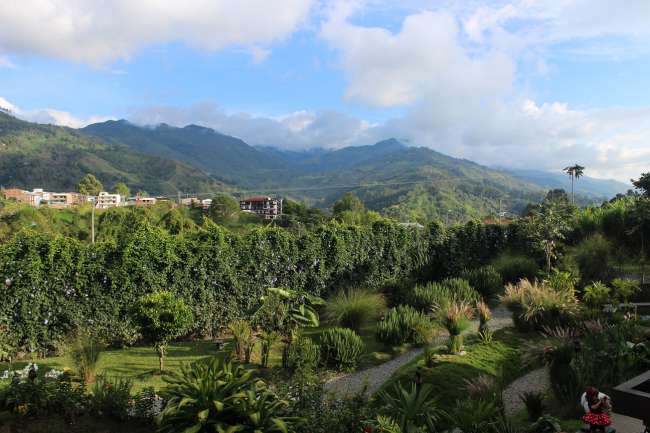
Gabaasa imala Kolombiyaa
